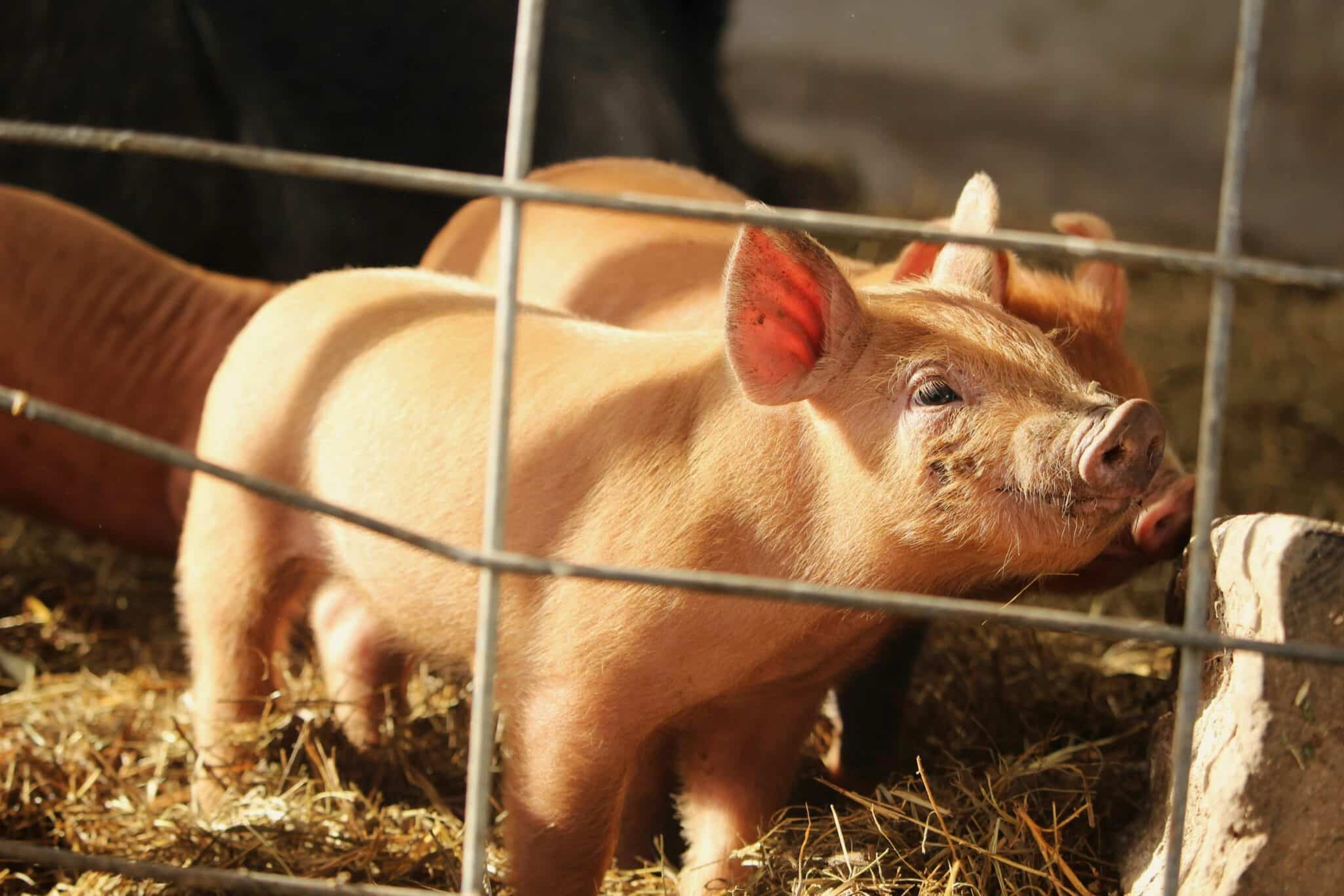Key Takeaways
- Visium has deployed its Far-UVC sanitization technology at Pig Hill Farms to enhance disease prevention.
- The installation targets major swine health threats, including PRRS and influenza.
- Leadership highlighted Far-UVC’s potential to reduce disease transmission and operational costs.
- The system offers an alternative to traditional high-cost filtration methods.
- The installation supports improved biosecurity, biocontainment and overall production efficiency.
Visium Expands Far-UVC Adoption in Livestock Facilities
Visium has installed its Far-UVC sanitization system at Pig Hill Farms, marking a significant development in livestock-focused biosecurity. The implementation aims to reduce the risk of Porcine Reproductive and Respiratory Syndrome (PRRS) and other airborne or surface pathogens that routinely challenge swine production.
PRRS remains one of the costliest diseases in the U.S. pork industry, generating billions in annual losses due to reduced productivity and high mortality rates. Its rapid mutation rate makes prevention and containment particularly difficult. Influenza also poses continuous risk, with zoonotic potential affecting both animals and farm personnel.
Showcases Far-UVC as a Biosecurity Tool
The installation includes Far-UVC fixtures in a farrowing room and high-traffic entry zones for people and equipment. These areas represent key transmission points in livestock operations, where contaminants can move between humans, animals, and surfaces.
“Visium's Far-UVC technology represents a game-changer for industries like agriculture, where biosecurity is critical,” said John Rajchert, CEO of Visium. He noted the technology’s role in lowering disease risk and supporting more stable, productive farm operations.
With widespread H5N1 bird flu impacting more than 157 million poultry across the U.S., the company highlights Far-UVC’s ability to neutralize pathogens such as influenza in occupied spaces.
Visium Technology Supports New Biosecurity Approaches
Pig Hill Farms is using Far-UVC as part of a broader bio-exclusion and containment strategy. The objective is to inactivate pathogens before they reach animals, prevent infected animals from spreading disease, and minimize the chance of one facility affecting another.
“We are excited to learn more about Far-UVC and its opportunity to add another layer to our biosecurity front,” said Chet Mogler, Managing Partner in Swine Production at Pig Hill Farms.
Traditional filtration retrofits for a 5,000-sow facility can exceed $1 million. Visium positions its Sealed fixture as a more affordable alternative or complement to existing systems such as MERV 14–16 filters.
Offering Cost and Efficiency Advantages
With PRRS costing more than $10 per pig marketed, producers continue seeking tools to reduce losses and stabilize output. The new installation provides Pig Hill Farms with a method to help lower disease pressure and support improved efficiency, particularly in finishing operations.
Visium states that its Far-UVC technology offers a pathway to enhanced livestock health outcomes through continuous air and surface sanitization, supporting long-term biosecurity strategies across the agriculture sector.


